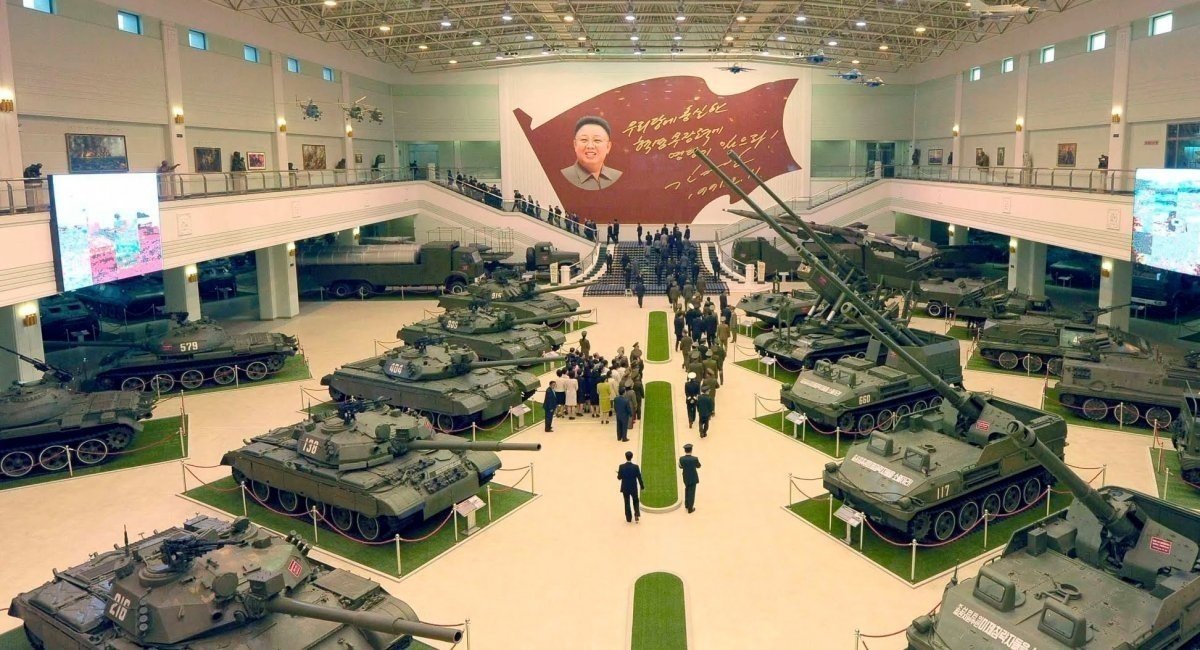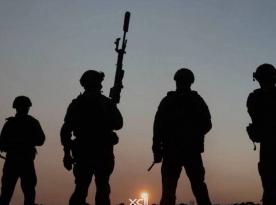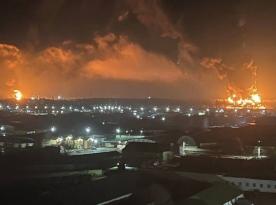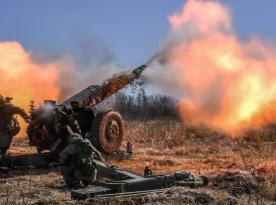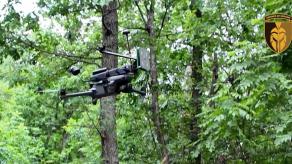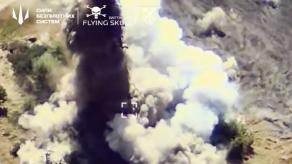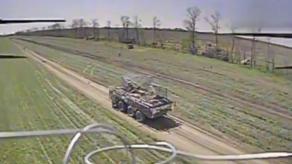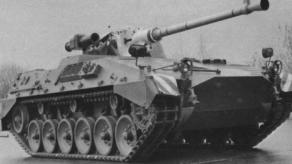More and more reports appear about North Korean military personnel deployed to russia, suggesting that soldiers from the DPRK may already be, or soon will be, involved in the war against Ukraine. At first, North Korea sent specialists who monitored the use of its artillery ammunition and ballistic missiles by russian forces, but now up to 12,000 troops are being readied to engage in direct combat.
These reports evoke strong parallels with the "Chinese volunteers" of the Korean War (1950–1953), making the historical episode worth a bit of investigation. While it's commonly believed that Chinese troops simply overwhelmed UN and South Korean forces through sheer numbers, the reality was more nuanced. This raises the question: how apt is the comparison between the modern-day influx of North Korean forces and the "Chinese volunteers" of the past?
Read more: South Korean Satellite Records the Movement of North Korean Troops Towards russia (Satellite image)
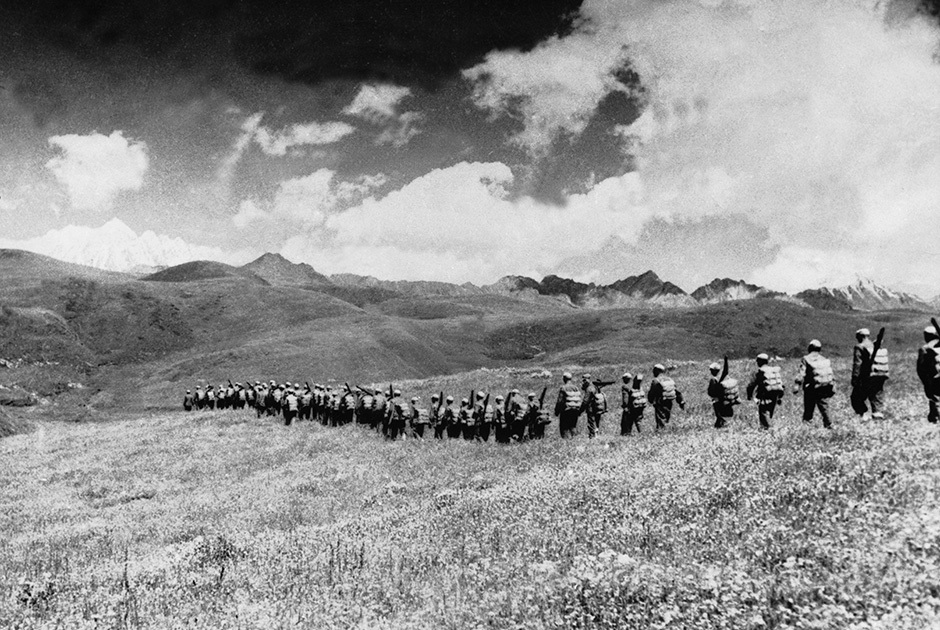
A Mass of Poorly Armed Troops
The notion that Chinese "volunteers" relied on numbers alone is largely accurate but incomplete without considering the scale of their involvement and their level of equipment.
Open data sources say some 3 million Chinese "volunteers" were deployed during the Korean War, with estimated losses of at least 1 million. At the war's outset, in October–November 1950, approximately 260,000 Chinese troops were involved, and the plan was to deploy a force of 600,000 at most.
This overwhelming presence was significant, even exceeding the size of the North Korean army itself, and it was mostly the sheer numbers that gave China a decisive role in the conflict.
68 years ago, Chinese People’s Volunteer Army crossed Yalu River and entered the Korean War. 197,653 of them would not come back. pic.twitter.com/7lCGPjzKGE— Carl Zha (@CarlZha) October 19, 2018
However, it’s worth noting that a substantial portion of the Chinese contingent was made up of logistical personnel. By the war’s end, around 700,000 "volunteers" remained, and 200,000 of them were in logistics units. It's not that surprising considering the Chinese forces were poorly equipped with motor vehicles, meaning supplies often had to be carried by hand. In comparison, a standard North Korean division had up to 250 trucks at their disposal.
Interestingly, Chinese "volunteers" were also far less equipped with other necessities than their North Korean counterparts. For instance, a North Korean division typically had 40 artillery pieces, while Chinese divisions had just 9. Another example: the Chinese generally had four times fewer anti-tank weapons and heavy machine guns than the North Koreans.

Living Off the Land
Chinese "volunteers" solved their logistical problems by relying on local resources. They often resorted to foraging or seizing food from the civilian population, which drastically reduced their supply needs. That explains why one Chinese "volunteer" required only one-sixth of the provisions of a UN soldier, or why a Chinese division needed one-tenth the resources of a U.S. division.
Thus, when drawing comparisons between these historical and modern-day events, it’s important to note that Chinese forces in Korea outnumbered their allies and were severely under-equipped. Whether North Korea could send similar numbers of troops to support russia — and whether those forces could scrape food and other provisions by themselves — remains an open question.
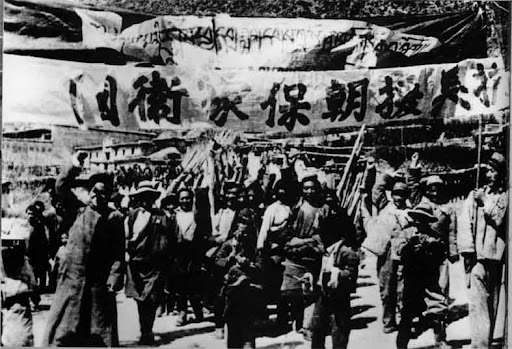
Korean War-Style Assaults
Once you read the descriptions of Chinese tactics during the Korean War, you may immediately get that "we have already seen this somewhere" feeling, as their actions were strikingly similar to russian battlefield tactics today.
Chinese "volunteers" frequently launched relentless attacks, their motto was to constantly keep the assault going, at any cost. The strikes were mainly focused on platoon-level strongholds after amassing a force that would outnumber the defenders several times over. The attackers often tried to creep up to enemy trenches at the distance of a grenade throw or even hand-to-hand combat; it was a common practice to advance through multi-layered barbed wire "in corpse meters."
Additionally, the style of Chinese military operations was to seep through the gaps in UN and South Korean defenses, forcing their opponents to fortify positions on all fronts to prevent sudden breakthroughs of Chinese attack aircraft.
That said, if russia manages to bolster its manpower with North Korean troops, Ukrainian forces might face a similar challenge, potentially needing to reinforce their defenses on all 360 degrees of the battlefield.
Read more: What South Korean Missiles Could Ukraine Request to Counter russian and North Korean Forces



